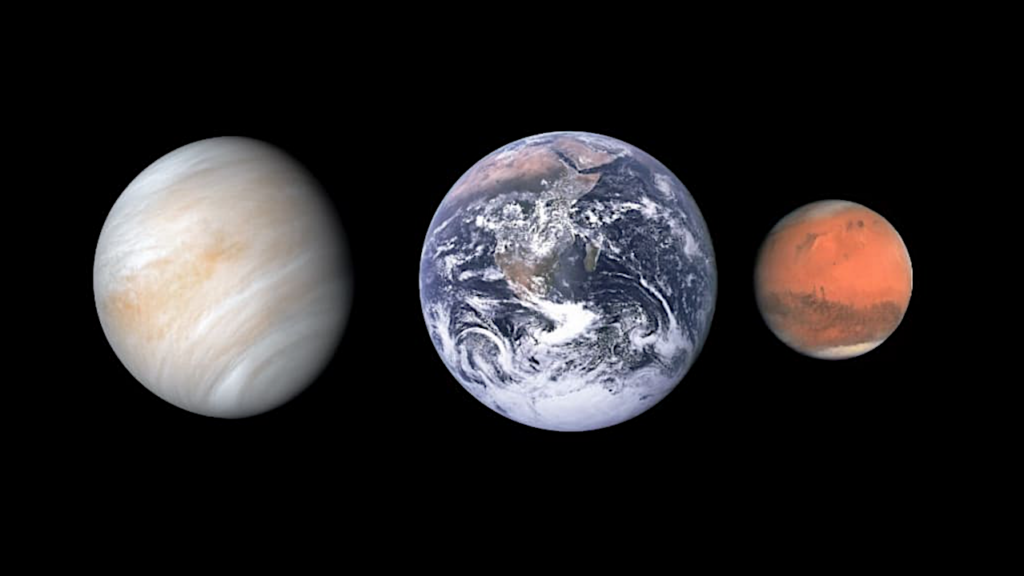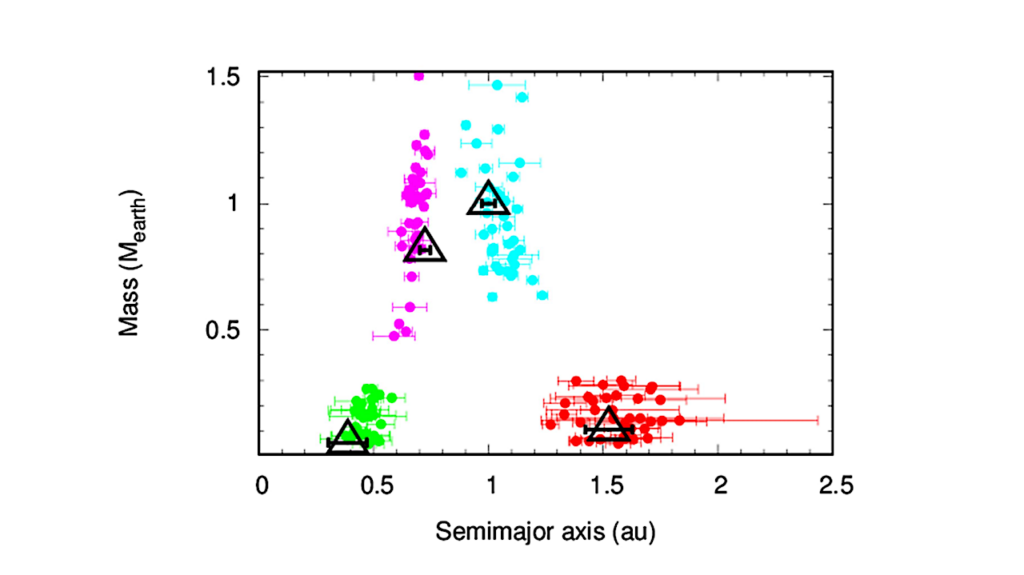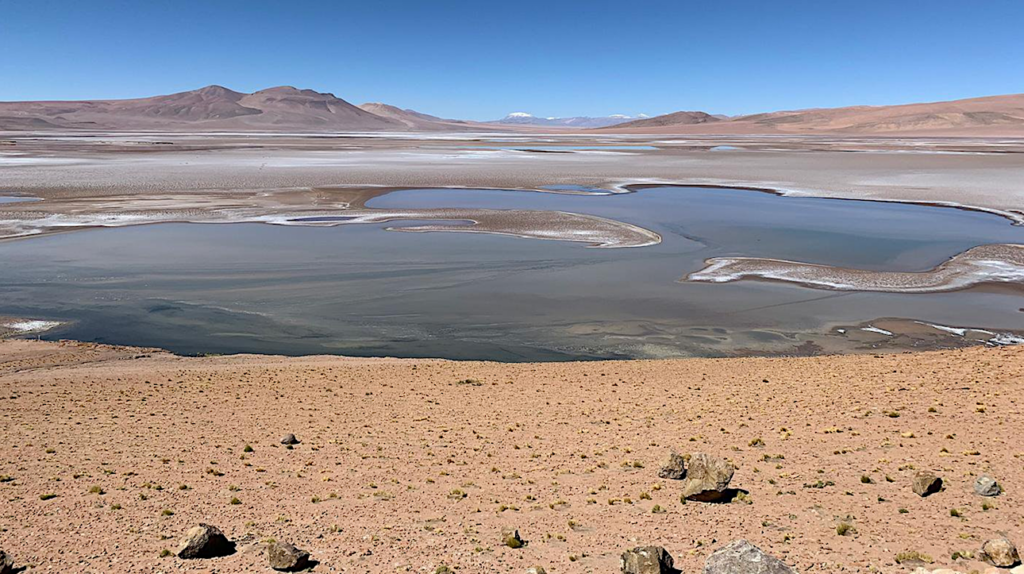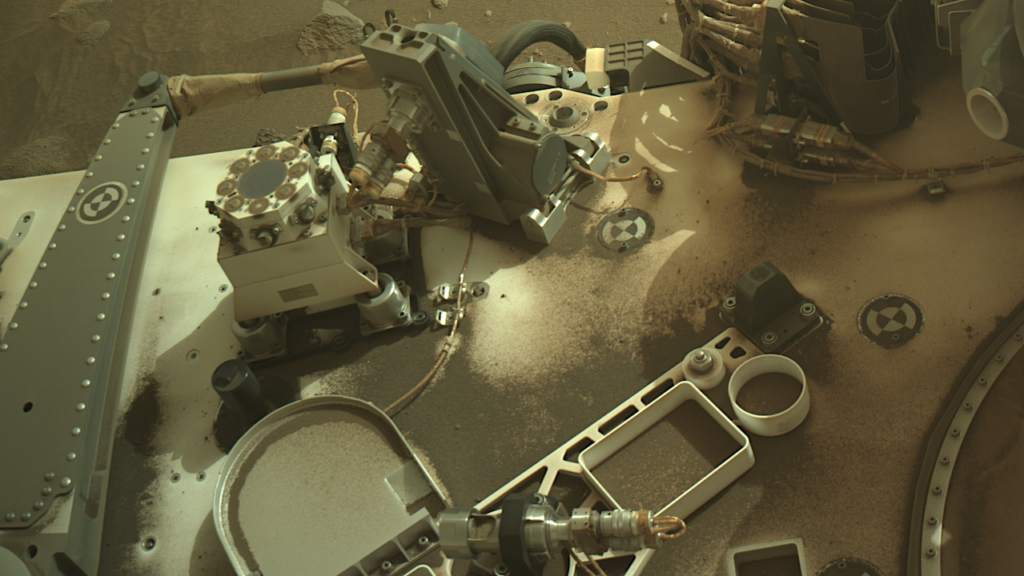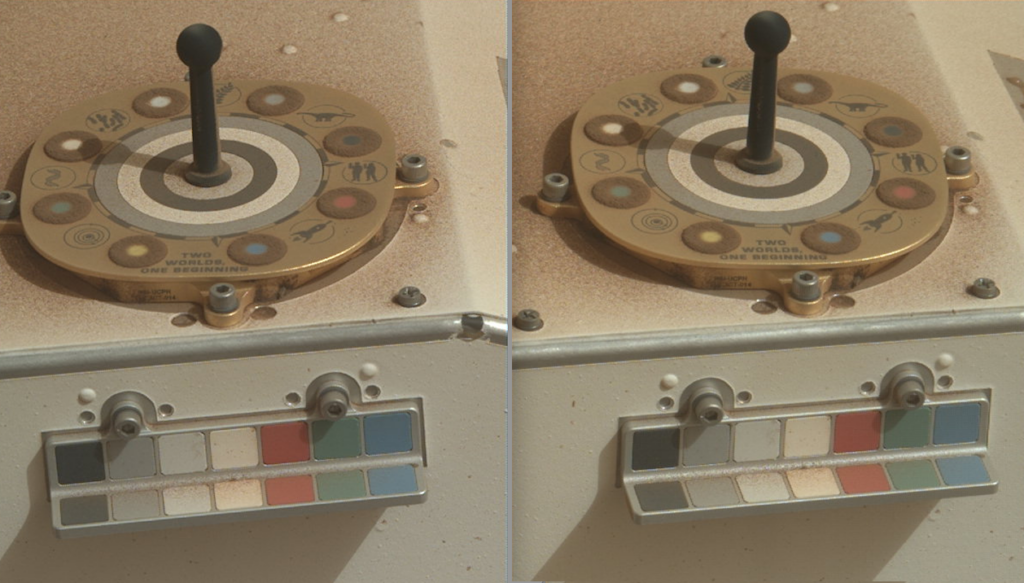A warmer and wetter solution for early Mars and the challenges with transient warming

The climate of early Mars has been hotly debated for decades. Although most investigators believe that the geology indicates the presence of surface water, disagreement has persisted regarding how warm and wet the surface must have been and how long such conditions may have existed.
Although the geologic evidence is most easily explained by a persistently warm climate, the perceived difficulty that climate models have in generating warm surface conditions has seeded various models that assume a cold and glaciated early Mars punctuated by transient warming episodes. However, I use a single-column radiative-convective climate model to show that it is relatively more straightforward to satisfy warm and relatively unglaciated early Mars conditions, requiring only about 1 percent H2 and 3 bar CO2 or about 20 percent H2 and 0.55 bar CO2. In contrast, the reflectivity of surface ice greatly increases the difficulty to transiently warm an initially frozen surface. Surface pressure thresholds required for warm conditions increase about 10 to 60 percent for transient warming models, depending on ice cover fraction. No warm solution is possible for ice cover fractions exceeding 40, 70, and 85 percent for mixed snow and ice and 25, 35, and 49 percent for fresher snow and ice at H2 concentrations of 3, 10, and 20 percent, respectively.
If high temperatures (298 to 323 K) were required to produce the observed surface clay amounts on a transiently warm early Mars (Bishop et al), I show that such temperatures would have required surface pressures that exceed available paleopressure constraints for nearly all H2 concentrations considered (1 to 20 percent). I then argue that a warm and semi-arid climate remains the simplest and most logical solution to Mars paleoclimate.
Ramses M. Ramirez
(Submitted on 27 Jun 2017)
Comments: Accepted in Icarus (36 pages, 12 figures)
Subjects: Earth and Planetary Astrophysics (astro-ph.EP)
Cite as: arXiv:1706.08639 [astro-ph.EP] (or arXiv:1706.08639v1 [astro-ph.EP] for this version)
Submission history
From: Ramses Ramirez
[v1] Tue, 27 Jun 2017 01:35:31 GMT (1953kb)
https://arxiv.org/abs/1706.08639



